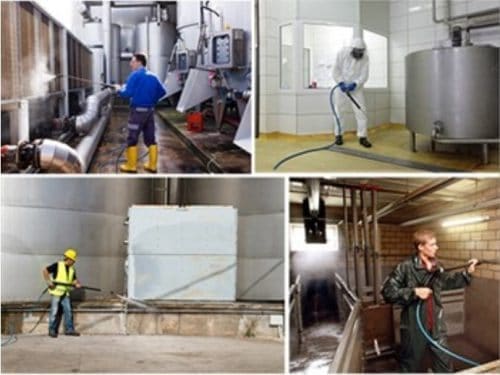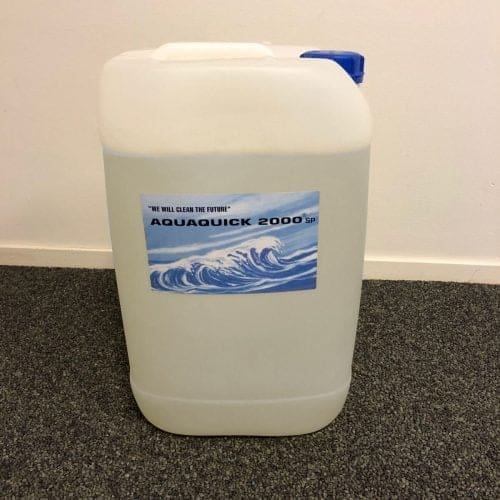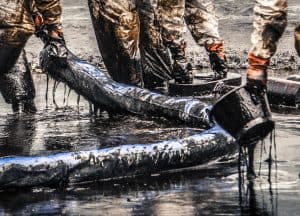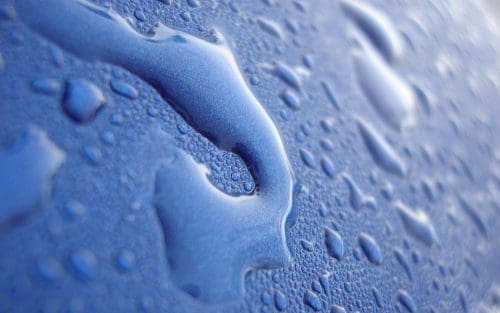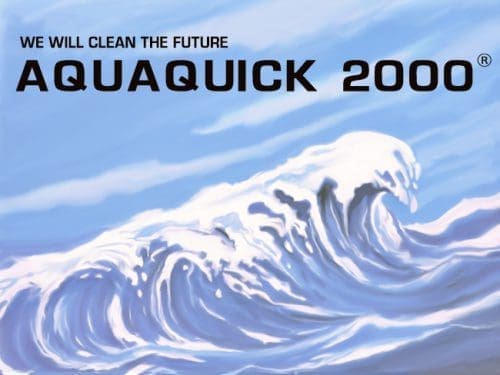Oil spills on land pose significant environmental challenges, requiring advanced technological solutions for effective management. This article explores cutting-edge technologies used in detecting, containing, and cleaning oil spills on land, emphasizing innovative methods that reduce environmental harm while ensuring efficient spill management.
Modern Technologies for Oil Spill Detection
Early detection is critical in minimizing the impact of oil spills. Innovative technologies have enhanced real-time monitoring and spill detection capabilities.
1. Remote Sensing and Satellite Imaging
Satellites equipped with high-resolution sensors detect oil spills by monitoring changes in surface reflectivity. These systems offer real-time alerts and enable accurate spill mapping over large areas.
2. Drones and Unmanned Aerial Vehicles (UAVs)
Drones provide high-resolution aerial imagery, making it easier to assess the extent of spills. They are cost-effective, rapidly deployable, and suitable for hard-to-access areas.
3. Ground Penetrating Radar (GPR)
GPR systems detect oil spills underground by measuring soil moisture content. This technology identifies buried leaks from pipelines or storage tanks.
Advanced Spill Containment Technologies

Containing oil spills swiftly prevents further environmental damage. Modern containment solutions focus on adaptability and ease of deployment.
1. Smart Containment Barriers
Smart barriers use sensors to detect oil presence and adjust automatically to prevent spread. They are particularly effective in flood-prone or uneven terrains.
2. Self-Healing Polymers
These polymers can seal cracks or punctures in oil storage tanks and pipelines, reducing the risk of spills caused by structural failure.
3. Mobile Spill Response Units
Equipped with advanced containment tools, these units can be rapidly deployed to spill sites, offering an integrated response solution.
Cutting-Edge Oil Spill Cleanup Methods
Technological advancements have revolutionized oil spill cleanup, making processes faster, more efficient, and environmentally sustainable.
1. Bioremediation Using Genetically Engineered Microbes
Scientists have developed engineered microbes that consume hydrocarbons more effectively. These bio-agents break down oil into harmless by-products such as water and carbon dioxide.
2. Nanotechnology-Based Absorbents
Nano-absorbents with high surface areas can absorb oil efficiently. Their reusability and eco-friendliness make them a promising cleanup solution.
3. Robotic Cleanup Systems
Autonomous robots equipped with sensors and oil-absorbing materials navigate spill sites, performing cleanup tasks with minimal human intervention.
Future Prospects and Research
Continuous research is driving the development of next-generation oil spill management technologies. Emerging innovations include artificial intelligence for predictive spill monitoring, advanced materials for spill containment, and hybrid systems integrating multiple cleanup methods.
Role of AQUAQUICK 2000 in Oil Spill Management

Among modern solutions, AQUAQUICK 2000 stands out for its eco-friendly oil spill management properties. This biodegradable product effectively breaks down oil, making cleanup safer and more sustainable. Its application across various terrains highlights its versatility in modern spill response strategies.
Conclusion
Technological innovation is transforming oil spill management on land, enhancing detection, containment, and cleanup methods. With products like AQUAQUICK 2000 and cutting-edge technologies, managing oil spills becomes more efficient and environmentally responsible. Embracing these advancements ensures a safer, cleaner environment while mitigating the risks associated with oil spills.



